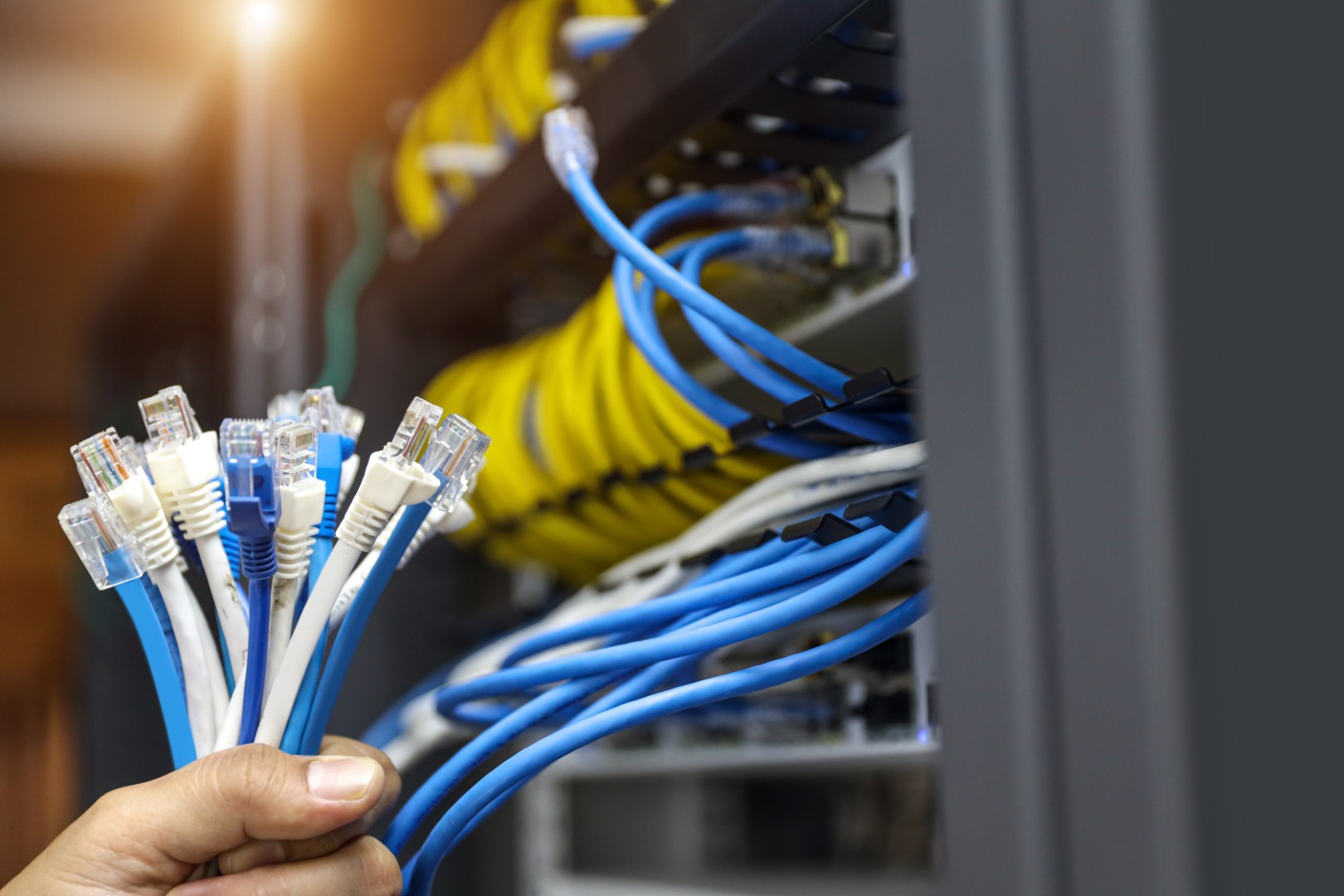In the rapidly evolving tech landscape, an IT hardware refresh is not merely a budgetary consideration but a strategic necessity. Organisations must regularly evaluate and update their hardware to maintain operational efficiency, security, and competitiveness.
The Case for Hardware Refresh
- Performance Optimisation: Outdated hardware can lead to sluggish performance, lagging systems, and inefficiencies. An upgrade can significantly enhance processing speeds and user productivity.
- Cost Efficiency: While initial investments may seem significant, newer hardware often requires less maintenance and lower energy consumption, ultimately reducing total cost of ownership.
Security Enhancements
- Mitigating Vulnerabilities: Aging hardware is often more susceptible to security breaches. Up-to-date systems come with improved security features and support for the latest software updates, reducing the risk of cyber threats.
- Compliance Needs: Many industries face stringent regulatory compliance requirements. Refreshing hardware ensures that organisations can meet these standards and protect sensitive data.
Future-Readiness and Scalability
- Adapting to Change: Technology is evolving quickly, and new software applications often require robust hardware to function properly. A timely refresh ensures that organisations remain agile and can leverage new technologies.
- Scalability: Modern hardware is designed to accommodate growth and scalability, allowing organisations to expand their infrastructure without significant disruptions.
Key Considerations for an Effective Refresh
- Assessment of Current Infrastructure: Conduct a thorough evaluation of existing hardware performance, needs, and usage patterns. Identify bottlenecks and areas for improvement.
- Budget Planning: Create a clear budget that outlines expected costs, including initial purchase, installation, and maintenance over time.
- Choosing the Right Hardware: Invest in hardware that aligns with both current and future needs. Look for solutions that offer flexibility and integration capabilities with emerging technologies.
Implementation Strategies
- Phased Upgrades: Consider implementing a phased approach to minimise disruption. Gradual upgrades can help organisations maintain continuity while still enhancing performance.
- Employee Involvement: Engage employees in the hardware refresh process by gathering their opinions on current pain points and desired features. Their insights can guide better purchasing decisions.
Regular IT hardware refreshes are crucial for maintaining a competitive edge, optimising performance, and ensuring security within organisations. By strategically planning and executing hardware upgrades, businesses position themselves for growth and resilience in the face of ever-evolving challenges.
Evaluate your organisation’s IT infrastructure today. Start planning your hardware refresh to ensure you are equipped with the tools necessary for success in tomorrow’s digital landscape.



